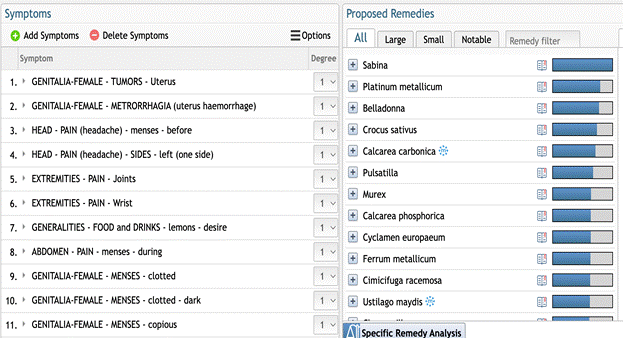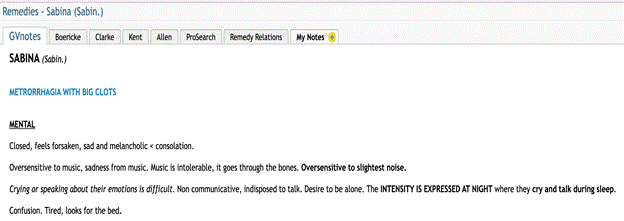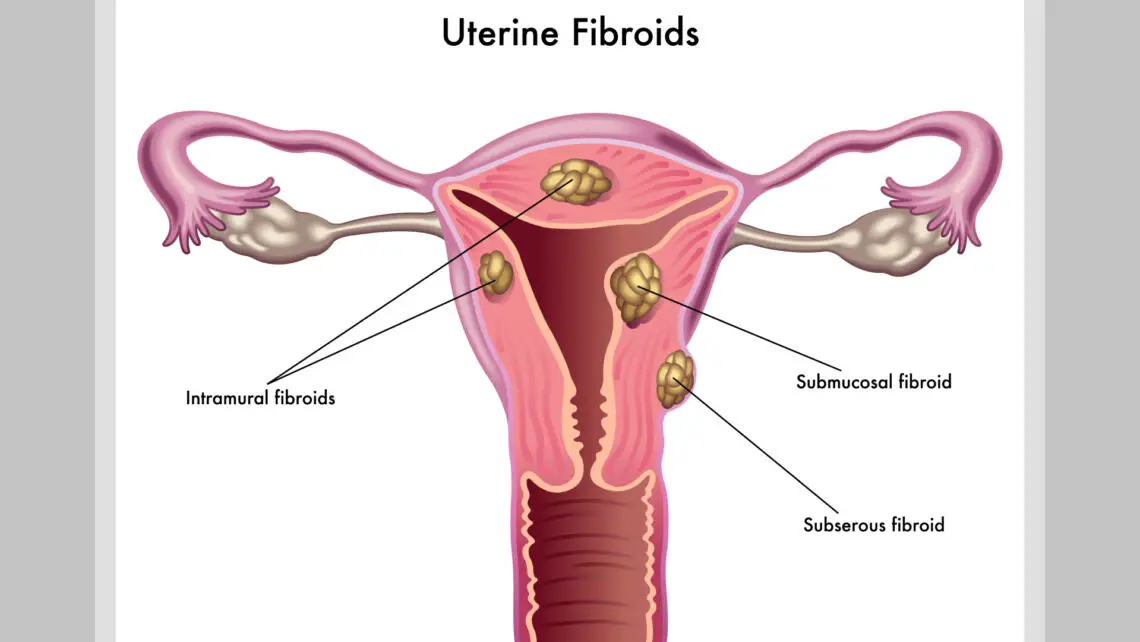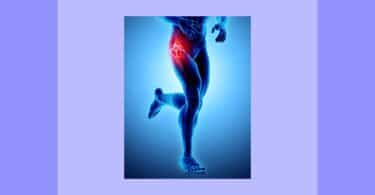Abstract
Leiomyomas, commonly known as fibroids, are the most prevalent solid gynaecological benign tumours of the uterus. The current options for symptomatic fibroid treatment include expectant, medical, and surgical management, and interventional radiology procedures.
Here we present a case of a 53-year-old woman with uterine fibroids and chronic metrorrhagia treated with classical individualized homeopathy. The outcome of the case was a cessation in metrorrhagia and other symptoms of uterine fibroids leading to avoidance of the planned surgery.
The homeopathic remedy Sabina Officinalis, chosen on the principles of classical homeopathy was helpful in this case. Further controlled studies are needed to determine the collective improvement of gynaecological pathologies treated with classical homeopathy.
Keywords: abnormal uterine bleeding; Leiomyomas; Uterine fibroids; classical homeopathy
Background
Leiomyomas, more commonly known as fibroids, are the most prevalent solid gynaecological benign tumours of the uterus. They originate from the clonal expansion of a single cell in the myometrium and affect women mainly during their reproductive years1.
This disease has a profound impact on healthcare delivery and costs worldwide. Though most women with fibroids are asymptomatic, approximately 30% of them will present with severe symptoms, including abnormal uterine bleeding, anaemia, pelvic pain and pressure, back pain, urinary frequency, constipation, or infertility, and will require intervention.
Furthermore, fibroids have been associated with poor obstetrical outcomes. The current options for symptomatic fibroid treatment include expectant, medical, and surgical management, and interventional radiology procedures2.
Several studies have shown that women with fibroids, as a result of their associated symptomatology, have a higher risk of developing emotional distress, depression, and anxiety, which can strongly impact their quality of life3.
This case report shows a patient with a diagnosis of uterine fibroids, with several months of bleeding, treated with progestins and with hormonal balances. The patient chose homeopathy as a last option before the advised hysterectomy.
Case Report
Patient: Mexican Female, 53 years old
Diagnosis: Uterine fibroid, anaemia, arthralgias.
Symptoms: abnormal vaginal bleeding for the last 6 months, weakness, pain in the joints, elevated transaminases, and nitrites.
Medication taken before opting for homeopathy: Progestins.
The patient, a 53-year-old Mexican Female, complained about abnormal vaginal bleeding for the last 6 months. Her menses came every 2 weeks, and the bleeding lasted 13-15 days. One or two days before her menses came, the headache would begin mainly in the forehead and left temple.
In the past, her menstrual cycles were regular but now they came very early. She complained also about weakness, her last laboratory exams showed that her iron levels are very low, and she was anaemic. She complained also about pain in the joints, mainly in the wrists.
She desired peanuts with lemon. The pain in the uterus during her menses was s like labour pain, she had to lie down all the time because the pain made it impossible to carry on with her daily activities. Her menses were copious and accompanied by dark clots.
Investigation revealed five uterine fibroids the size of tangerines. The gynaecologist prescribed progestins and advised for surgery within 3 months. Emotionally, the patient was very irritable and angry. She did not cry easily and did not want to talk about her deeper emotions in the first consultation.
Past history: When she was 22 years old, Bartholin glands were removed because they got inflamed very often and were very painful. She used to have asthma when she was 9 years old, and she underwent immune therapy, involving inoculation with increasing doses of the allergen. When she was 33 years old, her gynaecologist performed the fallopian tube ligation for contraception.
Prescription on 21st May 2021: After taking into consideration her present condition, the homeopathic remedy Sabina 30C was chosen to be given daily. The follow-up and subsequent prescriptions are shown in Table 1. She continued the same diet and routine as she had been practicing, the progestins did not bring any relief, so she stopped them before the homeopathic treatment.
Logic Behind the prescription:
The symptom “weakness” was not taken into consideration since it is not a peculiar symptom for her condition of haemorrhage. As we see in Fig 1, the repertorisation brought up Sabina and Platinum as the most likely remedies, both having the similar kind of menses, with black clots, copious menses, and headaches before menses. But Sabina has a desire for lemon and pain in the wrist as keynotes.
Also, Sabina has labour like pain, as the patient narrated. Further, the character and essence of the patient were not that of Platina. The patient was more melancholic, but without showing it, and liked to be alone, more than being with people. Therefore, Sabina was chosen as the best remedy.

Fig. 1. Repertorisation on the first consultation

Fig.2. Keynotes of Sabina from George Vithoulkas “Metrorrhagia with big clots”
Table 1: Case and Follow-up
| Date | Symptoms | Prescription |
| June 14th, 2021 | The day that she started to take the remedy the bleeding stopped and appeared again 15 days later, this time the bleeding lasted 4 days. One day before the bleeding returned, she had a strong headache. The pain in the joints disappeared. Her mood was also better. | Sabina 30c every 24 hours |
| June 12th, 2021
|
The menses of this month lasted 1 day. She was more energetic and was going out to a daily walk. | Null |
| August 13th, 2021 | She had no menses this month, and her energy was very good. She continued going out for her daily walk. | Null |
| November 22nd, 2021 | Hot flashes appeared, accompanied by sweating and irritability. She put her feet out of the covers at night. There was no menses. | Sulphur 200c single dose |
| February 21st, 2022 | The hot flashes and sweating disappeared in the last 3 months, but the menses returned, lasting 5 days. Headache in the left temple. She continued putting her feet out of the sheets. She now desired cold water to drink and had increased irritability. | Sulphur 200c |
| April 25th,2022 | Mood was better, she had no bleeding, and the hot flashes disappeared. | Null |
The last follow-up was on April 25th, 2022, the patient showed an improvement since the first dose of the homeopathic remedy. The metrorrhagia stopped completely and her menopause established. The surgery was cancelled because she had no problems with her uterus. The pain in the joints also disappeared and the patient continued her knitting and other daily activities. In fact, she started with a small business of knitted garments.
Discussion
Uterine fibroids (also known as leiomyomas and myomas) are benign lesions or neoplasms of the uterus that are composed of smooth muscle cells and fibroblasts and are rich in extracellular matrix (ECM). Fibroids seem to develop and regulate gene expression in response to the menstrual cyclicity of gonadal steroids (mainly oestrogen and progesterone)4.
The morbidity of fibroids is further underscored by its main treatment option, hysterectomy, a major surgery that eliminates the possibility of childbearing and has profound consequences for general health. In the United States, the lifetime risk of a hysterectomy is 45%.
Whereas only 8% of hysterectomies are performed for any type of cancer treatment, globally, fibroids contribute to at least one-third and up to half of all hysterectomies. Hysterectomy still accounts for almost 75% of all fibroid-related surgeries in populations in the United States, despite an increasing array of alternative therapies5.
In addition to health care expenses, the indirect costs of fibroids, such as loss of monetary income caused by time out of work and disability, account for a substantial proportion of the total costs of this disease. Furthermore, added costs of sanitary products, over-the-counter remedies, alternative and complementary therapies, and adult diapers for women with the heaviest menstrual bleeding are typically not taken into account6.
While there have been reports of dysfunctional uterine bleeding and of post-surgical menopausal problems being benefited by classical homeopathy, larger trials are needed to establish the relevance of classical homeopathy in cases of metrorrhagia caused by uterine fibroids, especially during menopause.
Conclusions
The pathology in question is a kind that leads to surgeries as the main line of treatment. This case of uterine fibroids with metrorrhagia and weakness showed a significant improvement with classical homeopathy. Further research is needed to evaluate with larger studies, the effect of classical homeopathy on gynaecological conditions
References
- Giuliani, Emma, Sawsan As-Sanie, and Erica E. Marsh. 2020. “Epidemiology and Management of Uterine Fibroids.” International Journal of Gynaecology and Obstetrics: The Official Organ of the International Federation of Gynaecology and Obstetrics 149 (1): 3–9.
- Marsh, Erica E., and Serdar E. Bulun. 2019. “Steroid Hormones and Leiomyomas.” Obstetrics and Gynecology Clinics of North America 33 (1): 59–67.
- Ghant, Marissa S., Katherine S. Sengoba, Hannah Recht, Kenzie A. Cameron, Angela K. Lawson, and Erica E. Marsh. 2020. “Beyond the Physical: A Qualitative Assessment of the Burden of Symptomatic Uterine Fibroids on Women’s Emotional and Psychosocial Health.” Journal of Psychosomatic Research 78 (5): 499–503.
- Stewart, Elizabeth A., Shannon K. Laughlin-Tommaso, William H. Catherino, Sujata Lalitkumar, Devashana Gupta, and Beverley Vollenhoven. 2021. “Uterine Fibroids.” Nature Reviews. Disease Primers 2 (June): 16043.
- Dinh, Anh, Intira Sriprasert, Alistair R. Williams, and David F. Archer. 2015. “A Review of the Endometrial Histologic Effects of Progestins and Progesterone Receptor Modulators in Reproductive Age Women.” Contraception 91 (5): 360–67.
- Tinelli, Andrea, Marina Vinciguerra, Antonio Malvasi, Mladen Andjić, Ivana Babović, and Radmila Sparić. 2021. “Uterine Fibroids and Diet.” International Journal of Environmental Research and Public Health 18 (3). https://doi.org/3390/ijerph18031066.
- Denisova TG, Gerasimova LI, Pakhmutova NL, Mahesh S, Vithoulkas G. Individualized homeopathic therapy in a case of obesity, dysfunctional uterine bleeding, and autonomic dystonia. The American Journal of Case Reports. 2018; 19:1474.
- Mahesh S, Denisova T, Gerasimova L, Pakhmutova N, Mallappa M, Vithoulkas G. Multimorbidity after surgical menopause treated with individualized classical homeopathy: a case report. Clinical Medicine Insights: Case Reports. 2020 Oct; 13:1179547620965560.






